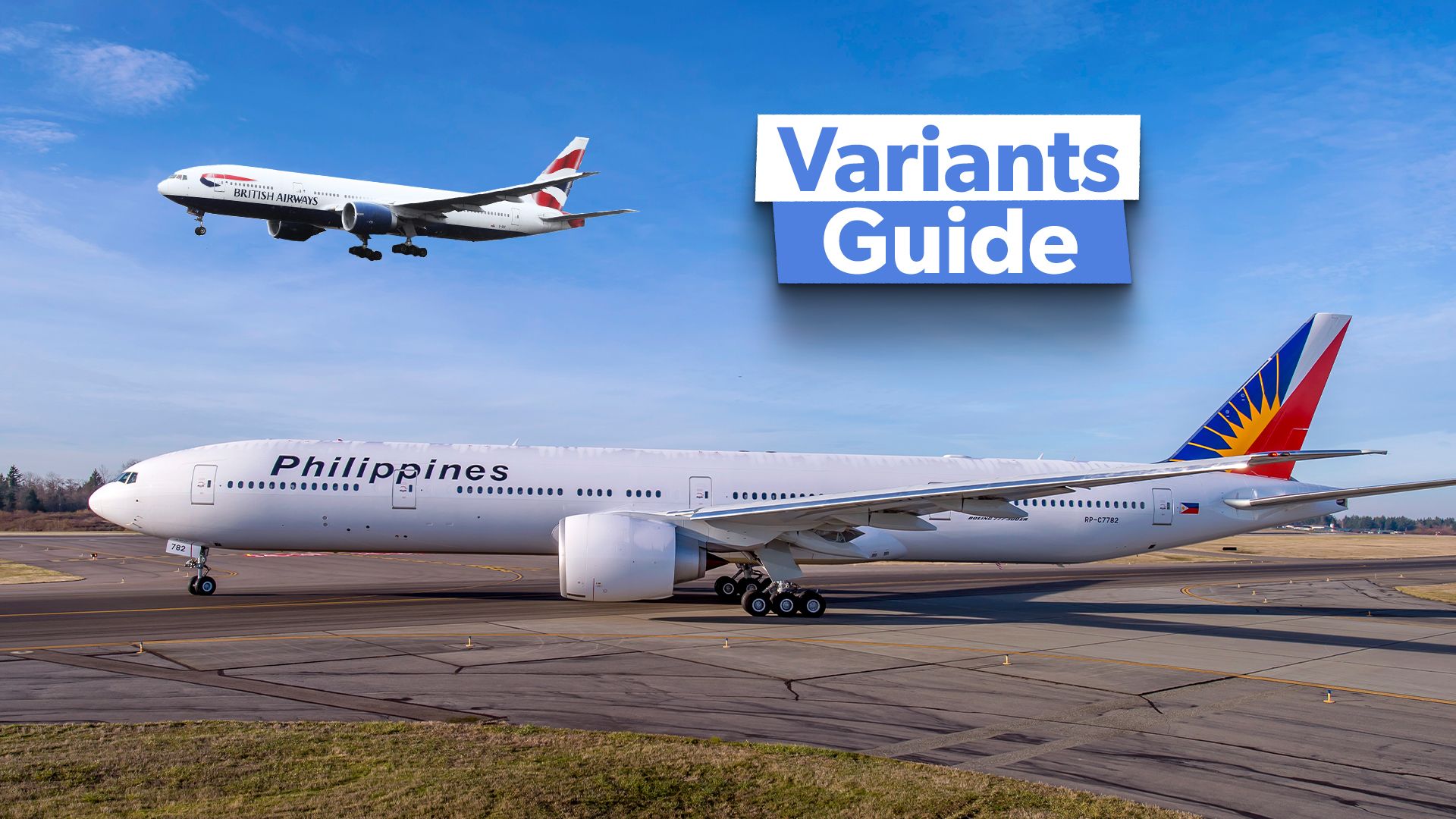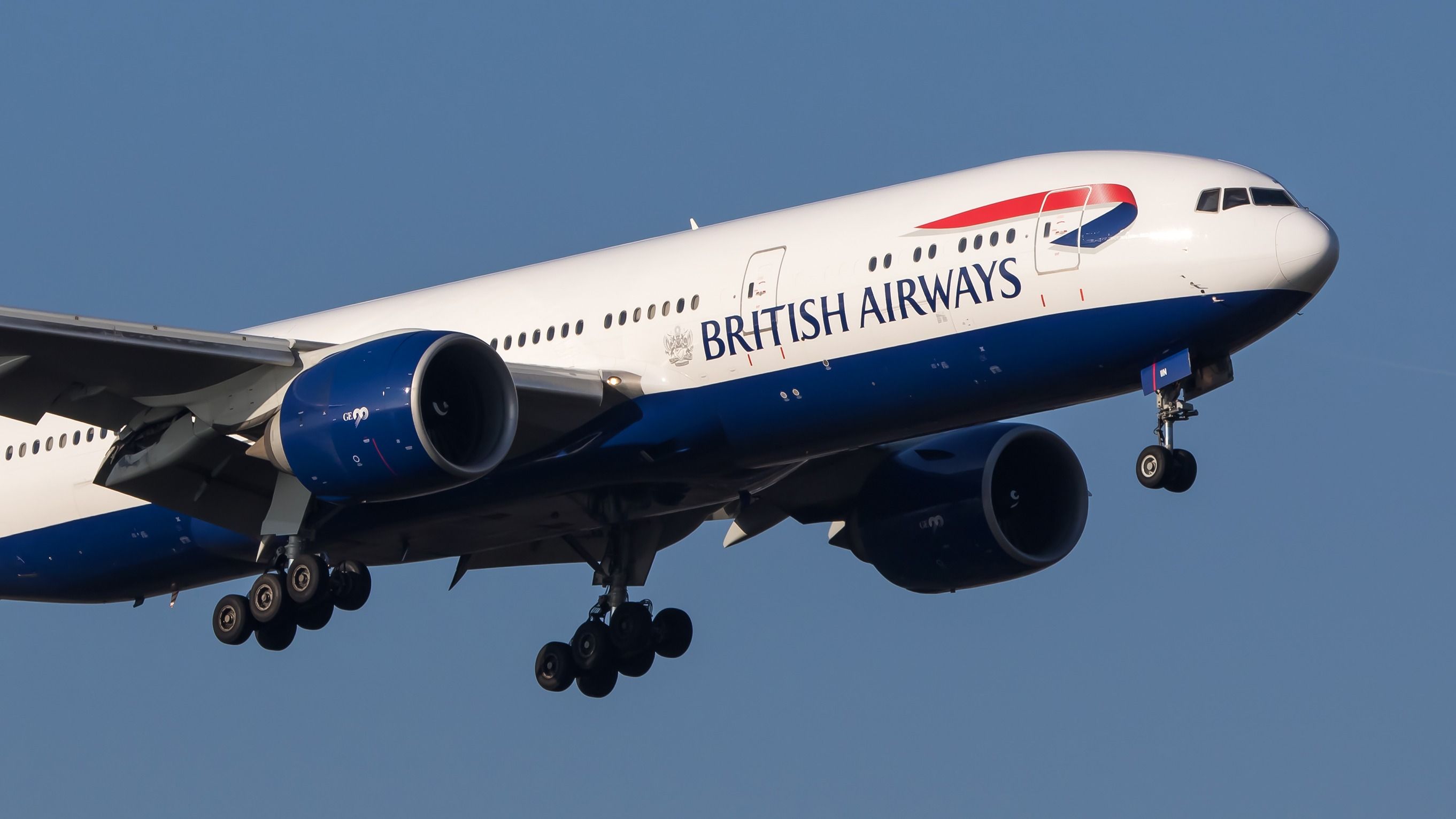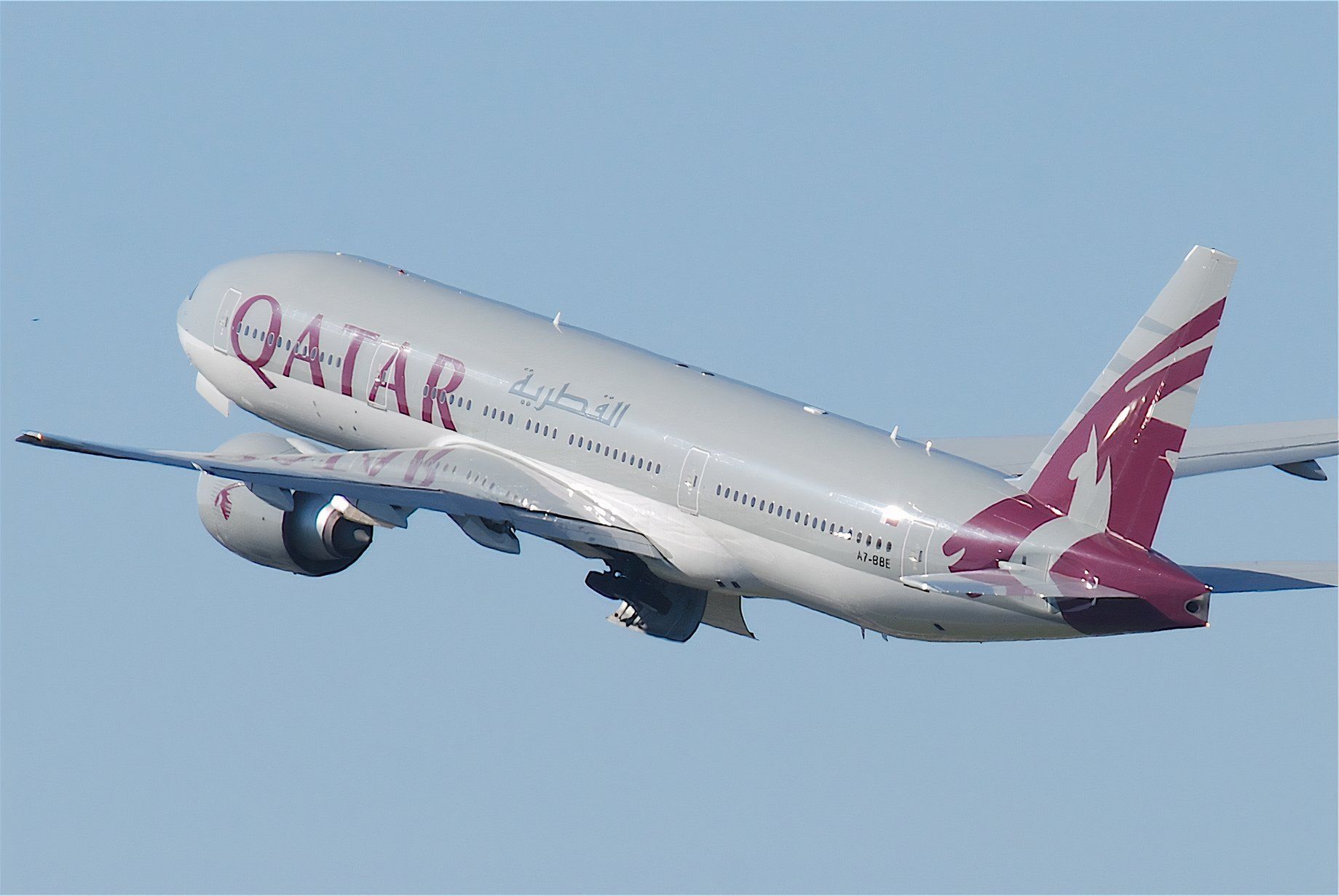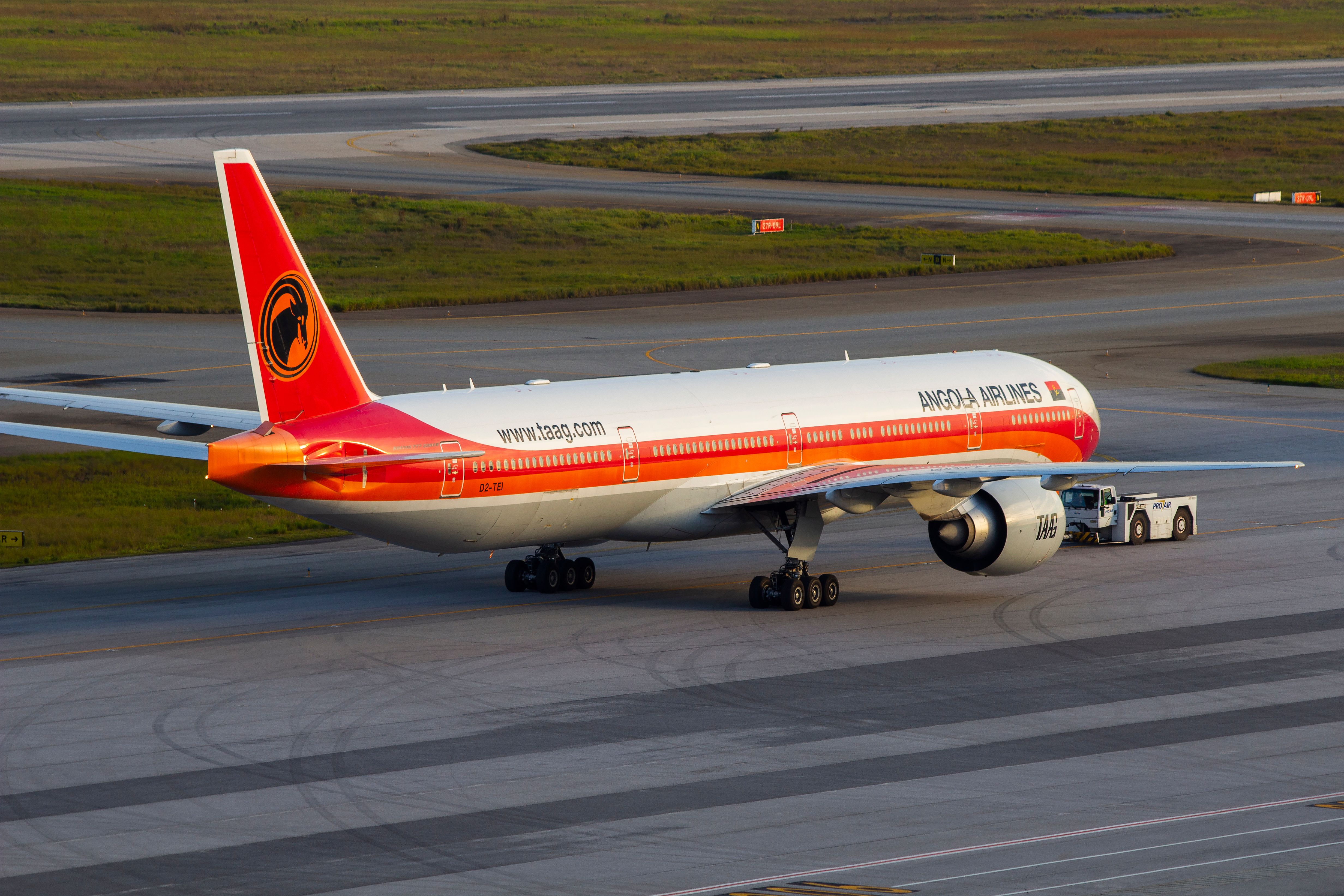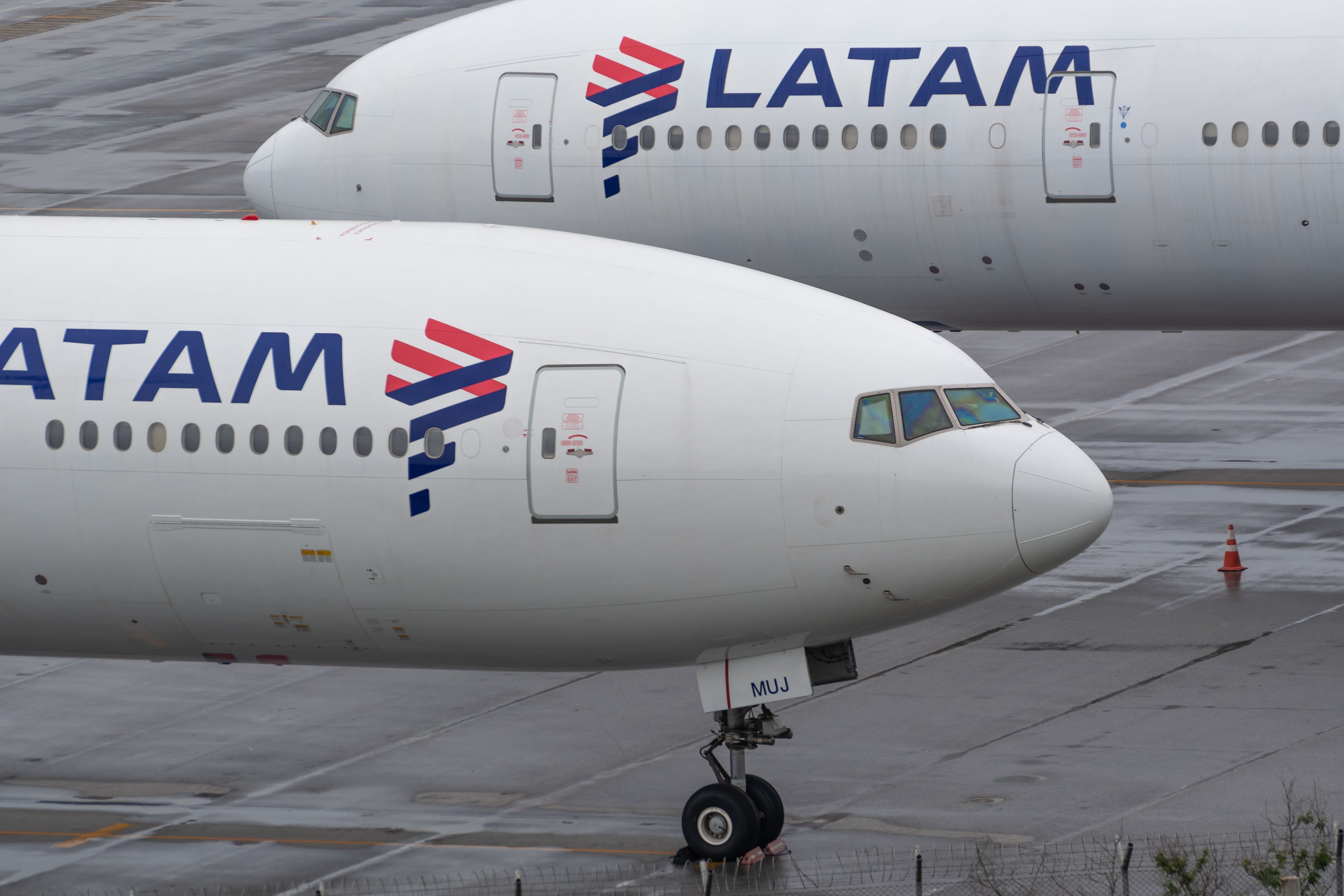Summary
- Boeing 777-200ER offers greater long-haul capabilities with a range of 7,065 NM.
- The 777-200LR, despite its extreme range, only saw 61 orders – only one more than the aircraft with the least number of orders in the family.
- Boeing 777-300ER received more than 837 orders due to powerful engines, high fuel capacity, and low operating costs.
The
Boeing 777
is one of the more beloved aircraft for carrying out
long-haul flights
. It is also the most-produced widebody aircraft of all time, and its production number has even surpassed the Queen of the Skies – the Boeing 747.
In this article, we will examine the five passenger-carrying variants that make up the Triple Seven family.
5
Boeing 777-200
The original Boeing 777
The
Boeing 777-200
is the original 777 that first flew in 1994. The concept for the aircraft came around in the 80s, at a time when carriers were looking to replace the Lockheed L-1011 and McDonnell Douglas DC-10 they were operating.
Photo: Vincenzo Pace | Simple Flying
While Boeing did propose a stretched variant of the
Boeing 767
, the aircraft didn’t compare well with the
Airbus A330
and
Airbus A340
. These two planes were being dubbed as the next generation of aircraft, and this made Boeing produce a new competing aircraft.
And so came the Boeing 777, the aircraft that was to fill the gap in the market between the 767 and the mighty 747. Here are a few specifications for the Boeing 777-200, as detailed by globalair.com:
|
Maximum Range |
5,240 nautical miles |
|---|---|
|
Maximum speed |
512 knots |
|
Normal Cruise |
490 knots |
|
Maximum number of passengers |
440 |
|
Maximum payload |
580,000 lb |
However, this variant wasn’t able to gain as many orders as expected. Only
88 orders for this aircraft type have been made
. United Airlines and All Nippon Airways are
the only operators of the Boeing 777-200
.
4
Boeing 777-200ER
The second most popular aircraft of the Triple Seven family
After Boeing launched the standard widebody aircraft in the form of the Boeing 777-200, it wanted to work on an aircraft with greater long-haul capabilities. So it started working on an extended-range version of the plane – the
Boeing 777-200ER
.
Photo: IanC66 | Shutterstock
Let’s take a look at a few specifications of the aircraft:
- Passengers (3-class): 301
- Range: 7,065 NM (13,080 km)
- Length: 63.7 m (209 ft 1 in)
- Wingspan: 64.8 m (212 ft 7 in)
- Height: 18.5 m (60 ft 8 in)
- Engine (2x): Pratt & Whitney PE4090; Rolls-Royce Trent 800; General Electric GE90-94B
More than four hundred of this variant have been delivered till date, with airlines such as
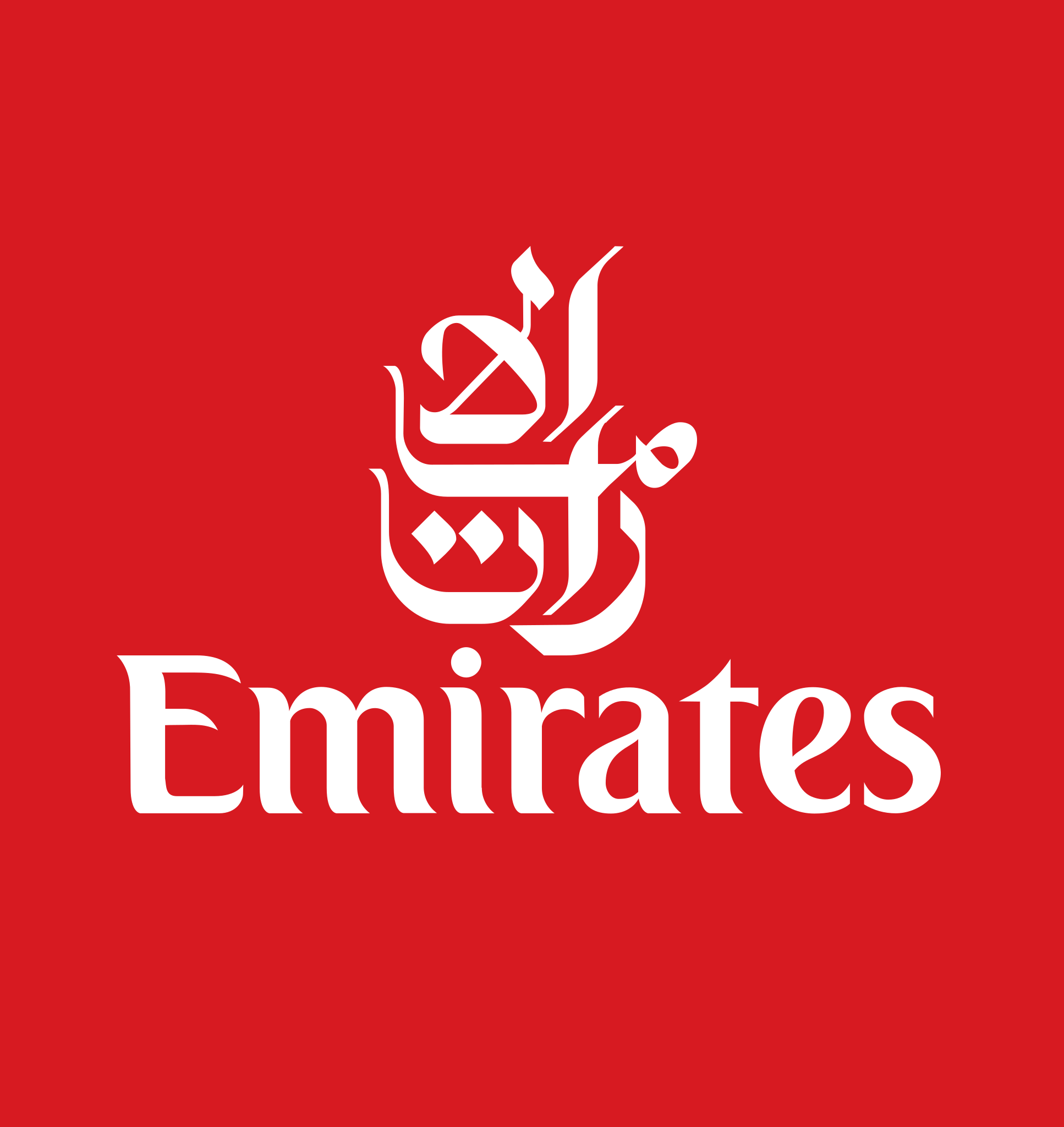 Emirates
Emirates
,
![]() United Airlines
United Airlines
, and
British Airways
operating them on short-haul and long-haul routes.
It was recently announced that Austrian Airlines was looking to
cut down emissions from its Boeing 777-200ERs
using AeroSHARK technology.
3
Boeing 777-200LR
An aircraft whose range was too long
The Boeing 777-200LR was certified by the
Federal Aviation Administration
and European Aviation in 2006, and its first operator was Pakistan International Airlines (PIA). The freighter version of the Triple Seven is based on the 777-200LR.
The 777-200LR had the following changes from the 777-200ER:
- An increased maximum takeoff weight
- Optional extra fuel tanks in the rear cargo hold
- A redesigned landing gear
Let’s take a look at a few specifications of the Boeing 777-200LR:
- Passengers (3-class): 301
- Range: 8,555 NM (15,843 km)
- Length: 63.7 m (209 ft 1 in)
- Wingspan: 64.8 m (212 ft 7 in)
- Height: 18.5 m (60 ft 8 in)
- Engine (2x): GE90-110B; GE90-115B
In 2005, The New York Times reported the record-breaking capabilities of the Boeing 777-200LR as it completed a record-breaking flight:
“The flight, lasting 22 hours and 42 minutes, demonstrated for the first time that a new generation of jetliners would leave no two cities beyond a nonstop flight, though a handful of flights may need to carry fewer passengers to make the distance. The 777-200LR entered the Guinness Book of Records covering 11,664 nautical miles from Hong Kong to London, or 13,422 statute miles as the earth-bound measure it. A total of eight pilots made the flight, taking turns two at a time across the world.”
Despite such capabilities, only 61 orders for this aircraft have been made, with aviation experts wondering if the
range of the Boeing 777-200LR was too long
.
2
Boeing 777-300
The least-ordered variant in the family
In a standard three-class layout, the Boeing 777-200 could only carry 305 passengers. Boeing wanted to stretch the 777-200 variant to accommodate more passengers. Then came the
Boeing 777-300
, which could carry 368 passengers in a standard three-class configuration. Compared to the Boeing 777-200, the range of the 777-300 was around 800 nautical miles more.
Photo: Matheus Obst | Shutterstock
However, the 777-300 couldn’t match the number of orders made for the 777-200. Only sixty Boeing 777-300 have been delivered to date. For an aircraft that was launched in 1995, the number of orders made can be said to be a tad underwhelming. According to the order sheet for Boeing aircraft, the last Boeing 777-300 was delivered in 2006.
Here’s a look at the capabilities of the Boeing 777-300, according to Aero Corner:
|
Avionics |
Honeywell Avionics |
|---|---|
|
Maximum cruise speed |
510 knots |
|
Fuel economy |
0.13 knots per gallon |
|
Rate of climb |
3000 ft per minute |
|
Power |
98,000 lbs |
1
Boeing 777-300ER
More orders than all the previous ones combined
There are
quite a few distinctions
that have led to more than 830 orders for the Boeing 777-300ER. These include:
- It is powered by the most powerful turbofan engine ever built at the time: the General Electric GE-90.
- An increased maximum takeoff weight (MTOW) than the Boeing 777-300, allowing for significantly higher fuel capacity. This also increased the range by around 1,300 nautical miles.
- An operating cost of just $44 per seat per flight hour was the least among competing widebodies. In comparison, aircraft like the Boeing 747-400 and Airbus A380 have an operating cost of $90 and $50 per seat hour, respectively.
The Boeing 777-300ER is the largest aircraft operated by
![]() American Airlines
American Airlines
and United Airlines – two of the Big Three US carriers.
 Air Canada
Air Canada
configures some of its 777-300ERs
to fit as many as 450 passengers
. The superior fuel efficiency of the 777-300ER is one of the biggest reasons behind its success.
Photo: Miguel Lagoa | Shutterstock
According to Transport Geography, jet fuel prices were at the highest between 2007 and 2009, with the price per gallon being as high as $4 per gallon (contrast this with less than $1 in 2003). So, above all else, airlines started to prioritize fuel efficiency. FlightGlobal even reported that aerodynamic refinements by Boeing (to the 777-300ER) would bring down fuel burn by a further 1.4% after flight testing.
Boeing is currently in the process of certifying the 777X, meant to be a successor to the -300ER. Only time will tell if it can beat the -300ER’s record.

